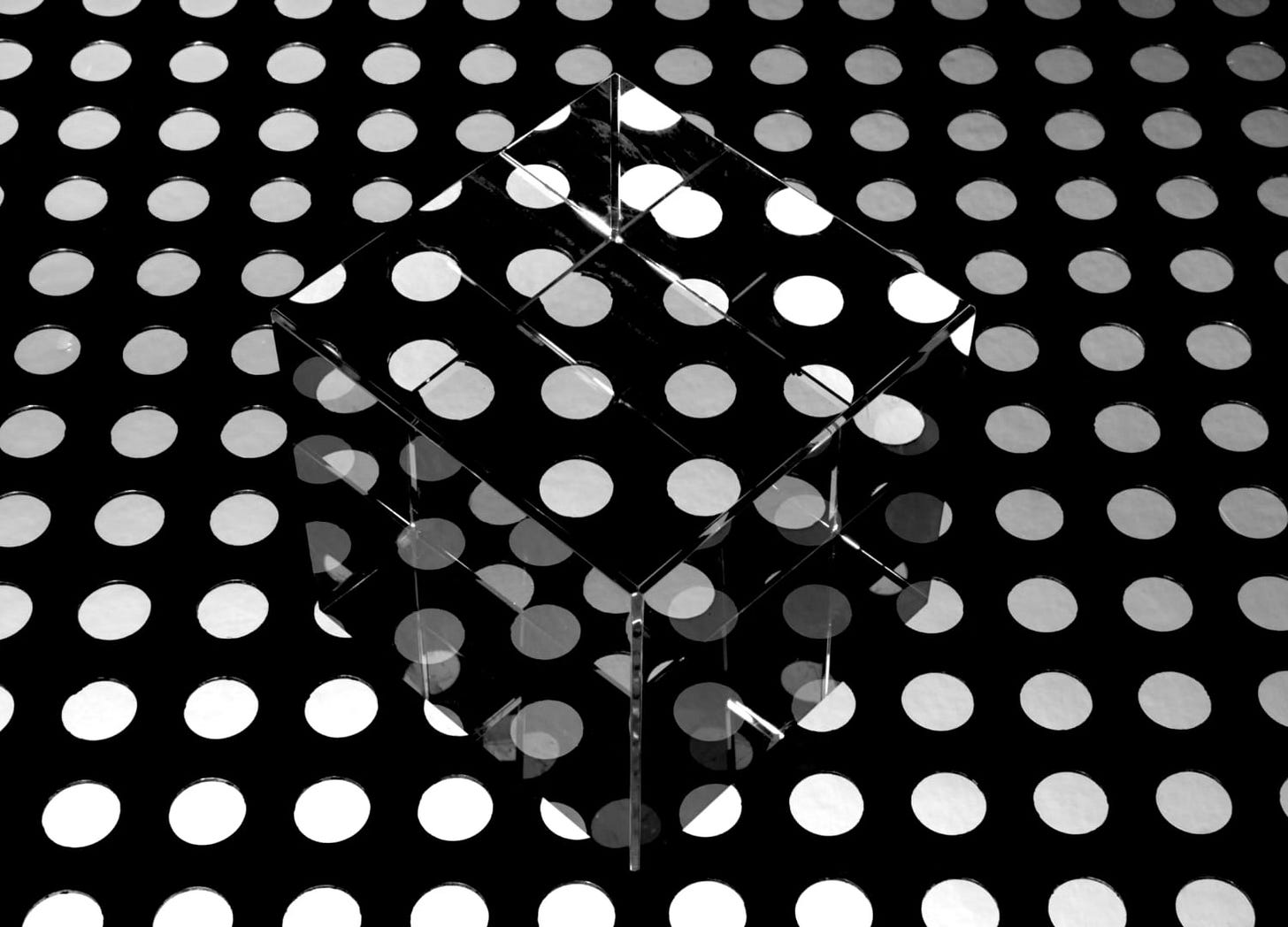Mental models: The invisible maps that shape our arguments
We disagree better when we understand the ways our mental models help and hinder us during conflict.

Sherlock Holmes and Dr. Watson went on a camping trip. After a good meal and a bottle of wine, they strung up a tarp shelter and bunked down for the night. Some hours later, Holmes awoke and nudged his friend. “Watson, look up at the sky and tell me what you see.”
Watson replied, “I see millions upon millions of stars.”
“So what does that tell you?” asked Sherlock.
Watson pondered for a minute. “Astronomically, it tells me that there are millions of galaxies and potentially billions of planets. Astrologically, I observe that Saturn is in Leo. Horologically, I deduce that the time is approximately a quarter past three. Theologically, I can see that God is all-powerful and that we are small and insignificant. Meteorologically, I suspect that we will have a beautiful day tomorrow. What does it tell you?”
Holmes replied, “It tells me someone has stolen our tarp!”
I’ve loved this story from the moment I heard it years ago from Ray Anderson, founder of Interface. It still makes me chuckle, but it also illustrates something deeper. Watson’s elaborate answer shows how different mental models can generate entirely different explanations of the same moment.
Mental models are the explanations and pictures we naturally construct in our heads to make sense of the world and our experiences.
Our invisible maps
We rarely argue just about facts. More often, we’re arguing from different mental models—the invisible maps each of us uses to make sense of the world.
We use many names for them: lenses, filters, frameworks, mental maps. Models aren’t the thing itself; they’re representations. A model airplane isn’t a real plane, but it helps us reduce complexity into a digestible form. Mental models work the same way. They’re the shortcuts and frameworks we carry around in our heads, shaped by our culture, upbringing, and experiences.
I’ve found that I can only change how I act if I stay aware of my beliefs and assumptions. Thoughts always reveal themselves in behavior.
MARGARET WHEATLEY
If you know the work of Chris Argyris, Donald Schön, or Peter Senge, then the idea of mental models will be familiar. Peter Senge, in his seminal work The Fifth Discipline, described mental models as “deeply ingrained assumptions, generalizations, or even pictures or images that influence how we understand the world and how we take action.”
This is one reason two people can look at the same event and come away with different memories and interpretations. One person sees loyalty; another sees blind tribalism. One clings to sunk costs; another calls them out. These aren’t just differences of opinion—they’re differences in the models shaping how we see and respond.
How our mental models influence conflict
When conflict spirals or stalls, one cause is the invisible mental models that guide each person’s thinking. Mental models aren’t tools we pick up—they’re ever-present lenses.
When we realize they’re shaping a conversation, we gain the chance to examine how biases, blind spots, and cognitive traps are influencing the exchange. We learn to slow down and wonder, What’s driving my response? What’s driving theirs?
This doesn’t make disagreement vanish—but it makes it possible to disagree better.
Instead of thinking of a mental model as “good” or “bad,” consider its utility in a particular circumstance. The anchoring effect, for example, may not have much impact on your life in a friendly debate about the length of the Mississippi River. However, in a car negotiation, it can cost you thousands (which is why I never look at the sticker price when viewing new cars on the sales lot).
How to illuminate mental models
I find these practices helpful for surfacing mental models that are influencing the way a disagreement or conflict is unfolding:
Invite conversation about it. Say, “I think we’re working from different assumptions.”
Share what’s driving your thinking. Saying “My default is to keep plans as simple as possible” tells them what’s important to you and opens the door for them to share what’s driving their ideas.
Suspend your disbelief. Instead of pushing back, get into their movie.
Ask, “What would have to be true?” This question uncovers the underlying model by pushing both sides to articulate the conditions that make their perspective make sense.
Ask, “What else could it be?” This is a useful question for pushing everyone’s thinking beyond their favorite default explanation.
Draw it. Sometimes, seeing how each person visualizes the problem makes invisible assumptions visible. Even a quick sketch or diagram can help.
Illuminate the timeline. Some disagreements arise from the collision of short-term vs. long-term perspectives. Surfacing that mismatch can dissolve friction.
In the coming year, I will share more about the mental models that tend to feed friction and conflict, along with ways to identify and address them.


Thanks Tammy - this is so useful and as always with very practical tips and insights, that can make a huge difference in conflict situations.
This is so helpful. I’m in the middle of a conflict at work that is disrupting my peace and throwing me off center. Today we are having a meeting and I’m going into it feeling like it’s 3 against me. I’m reminding myself of communication skills I’ve learned through the study of conflict. I’ll be following along with this topic to learn more. Thank you for your helpful insight.